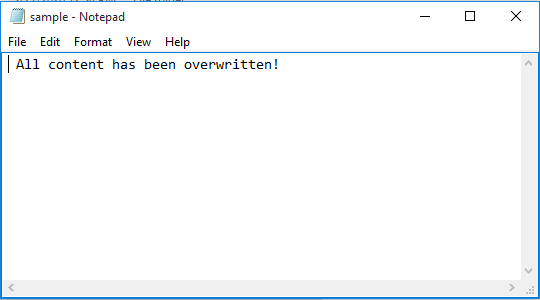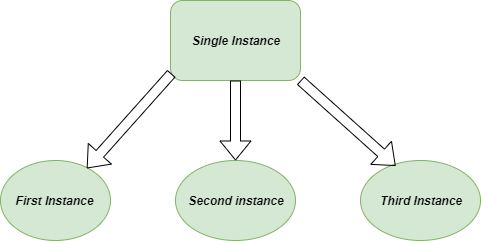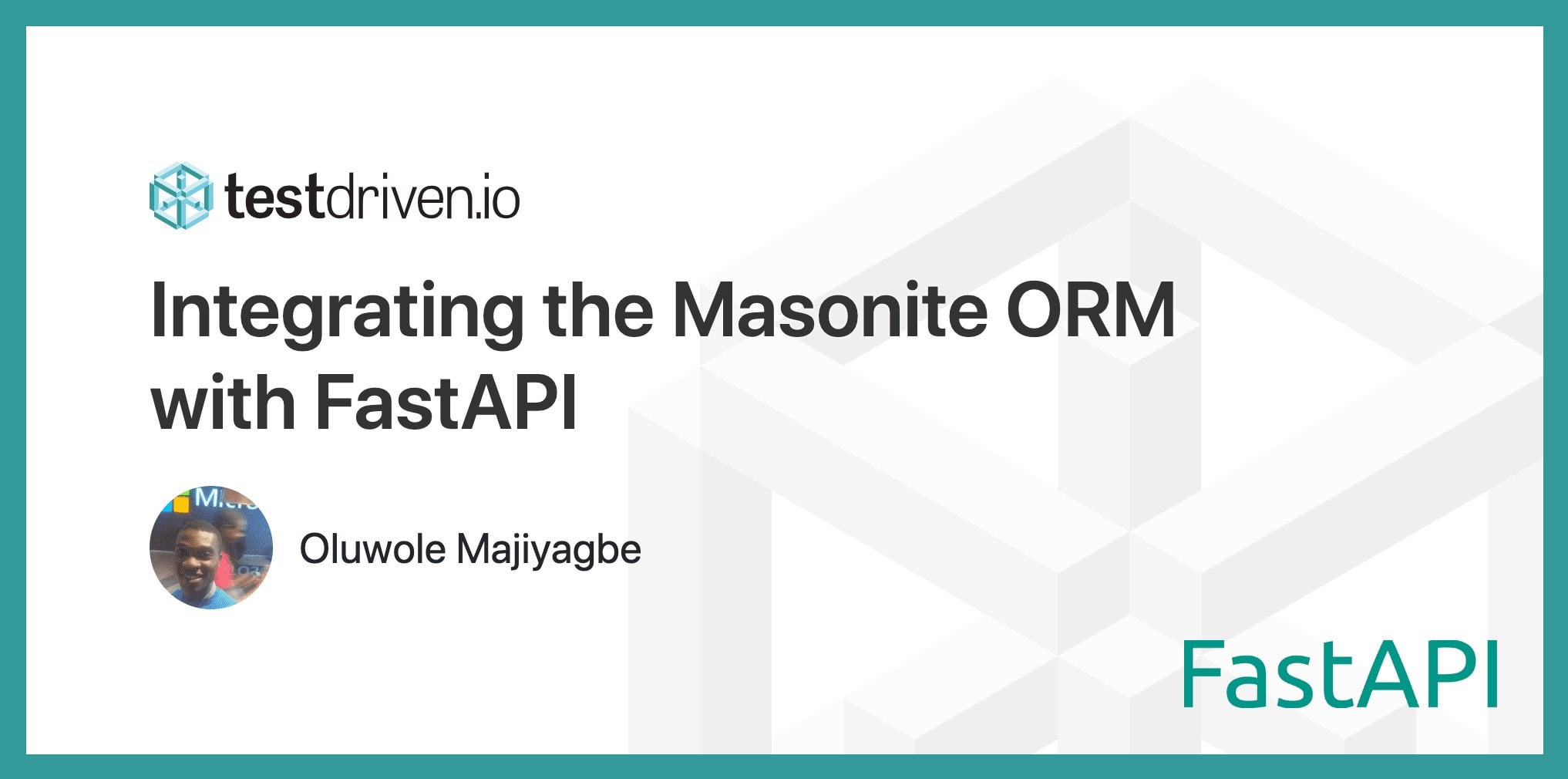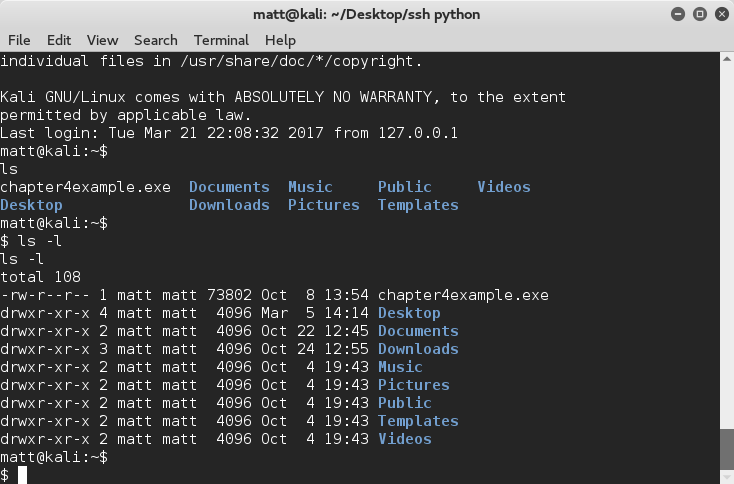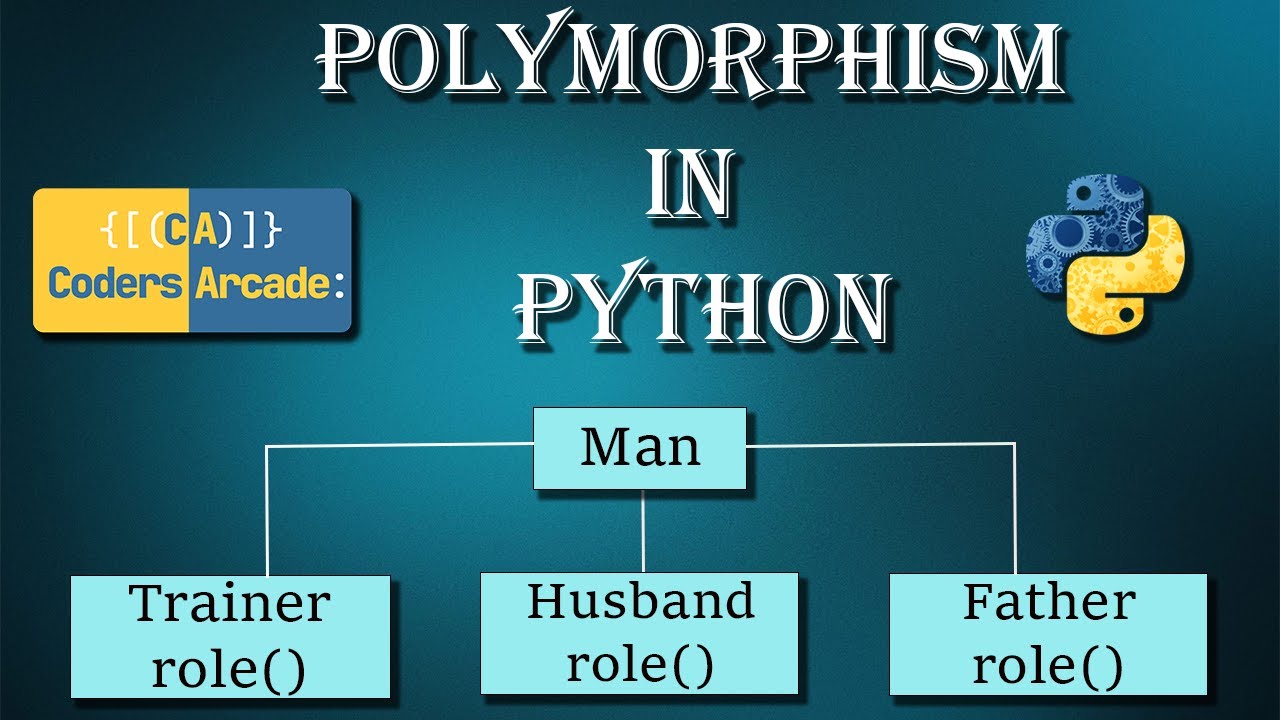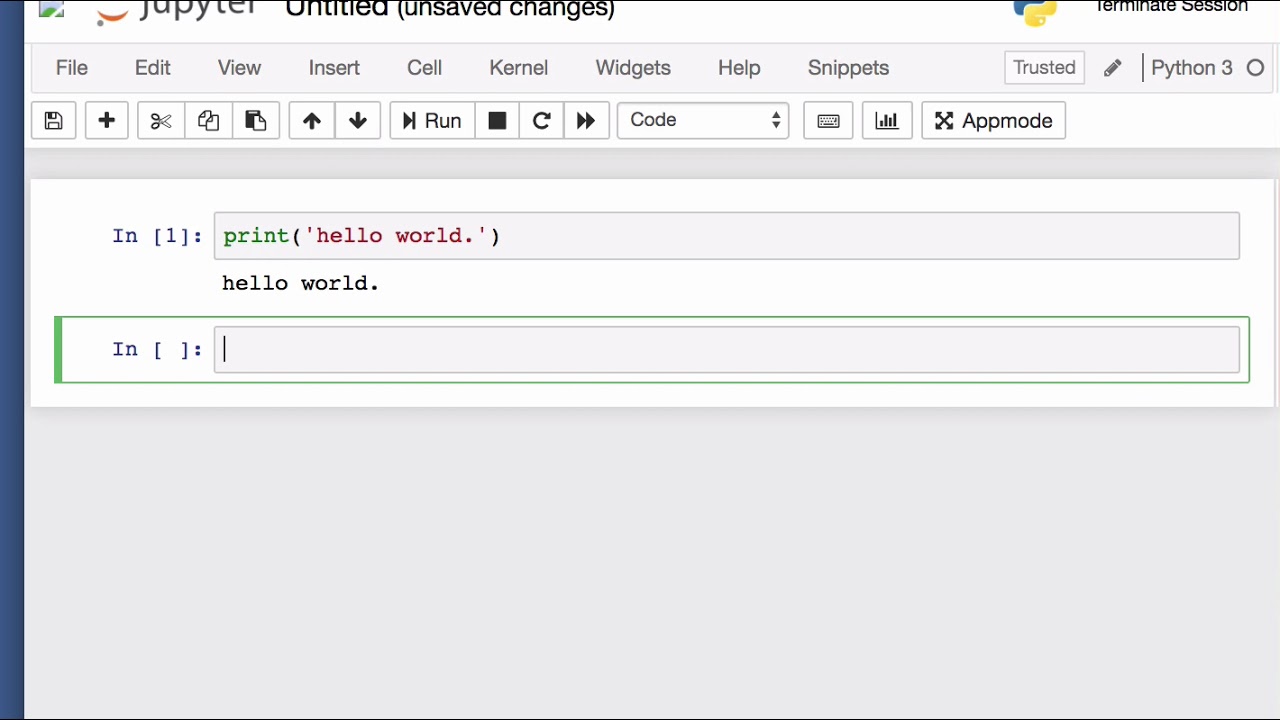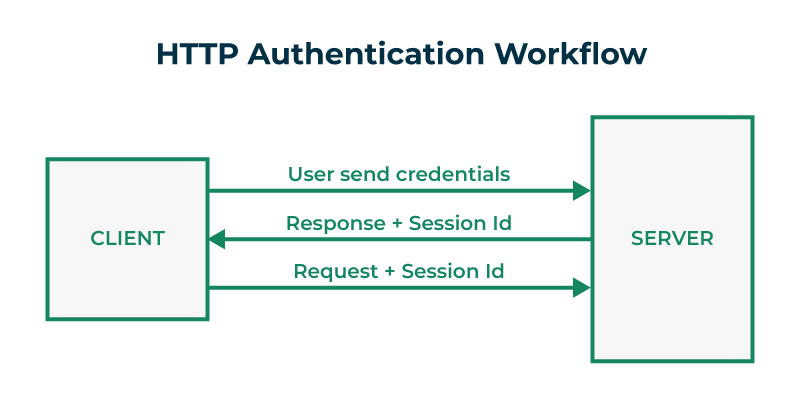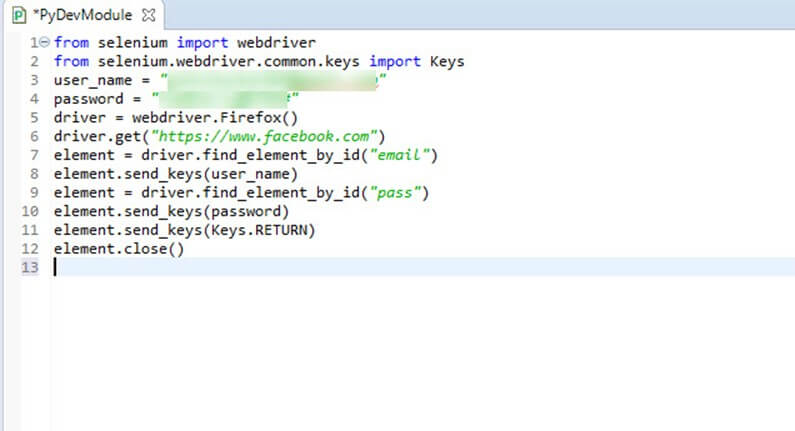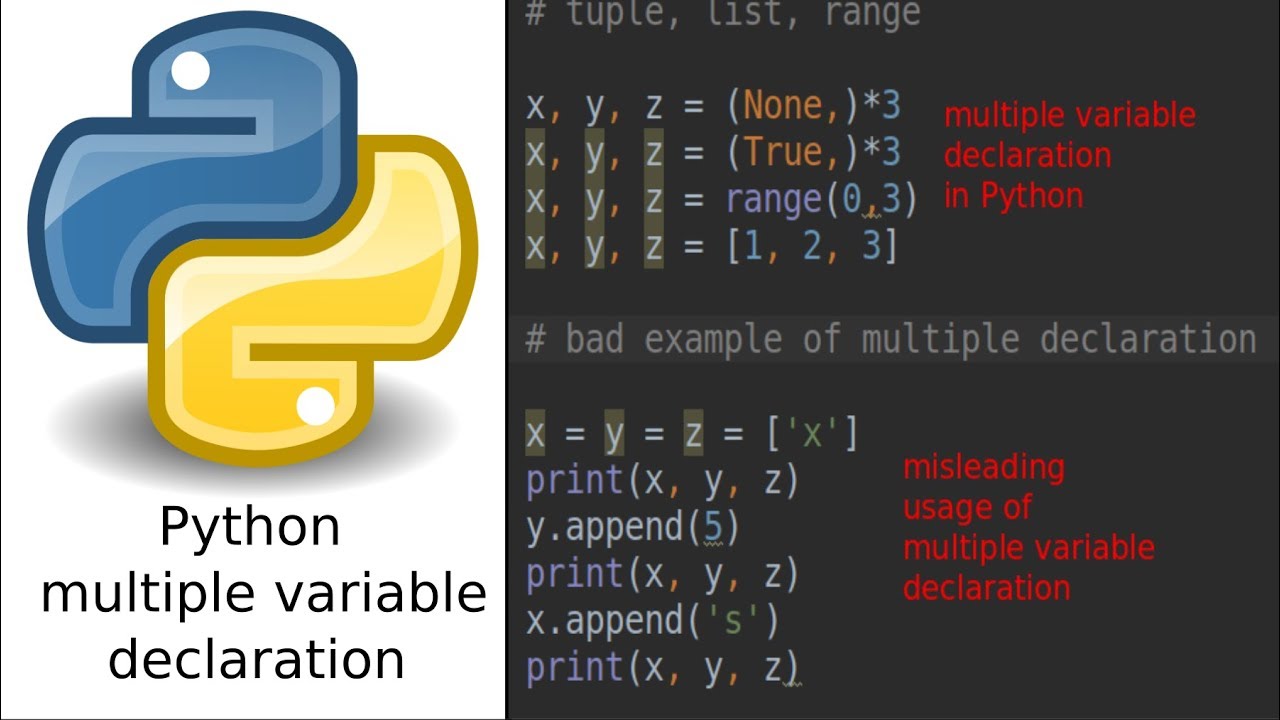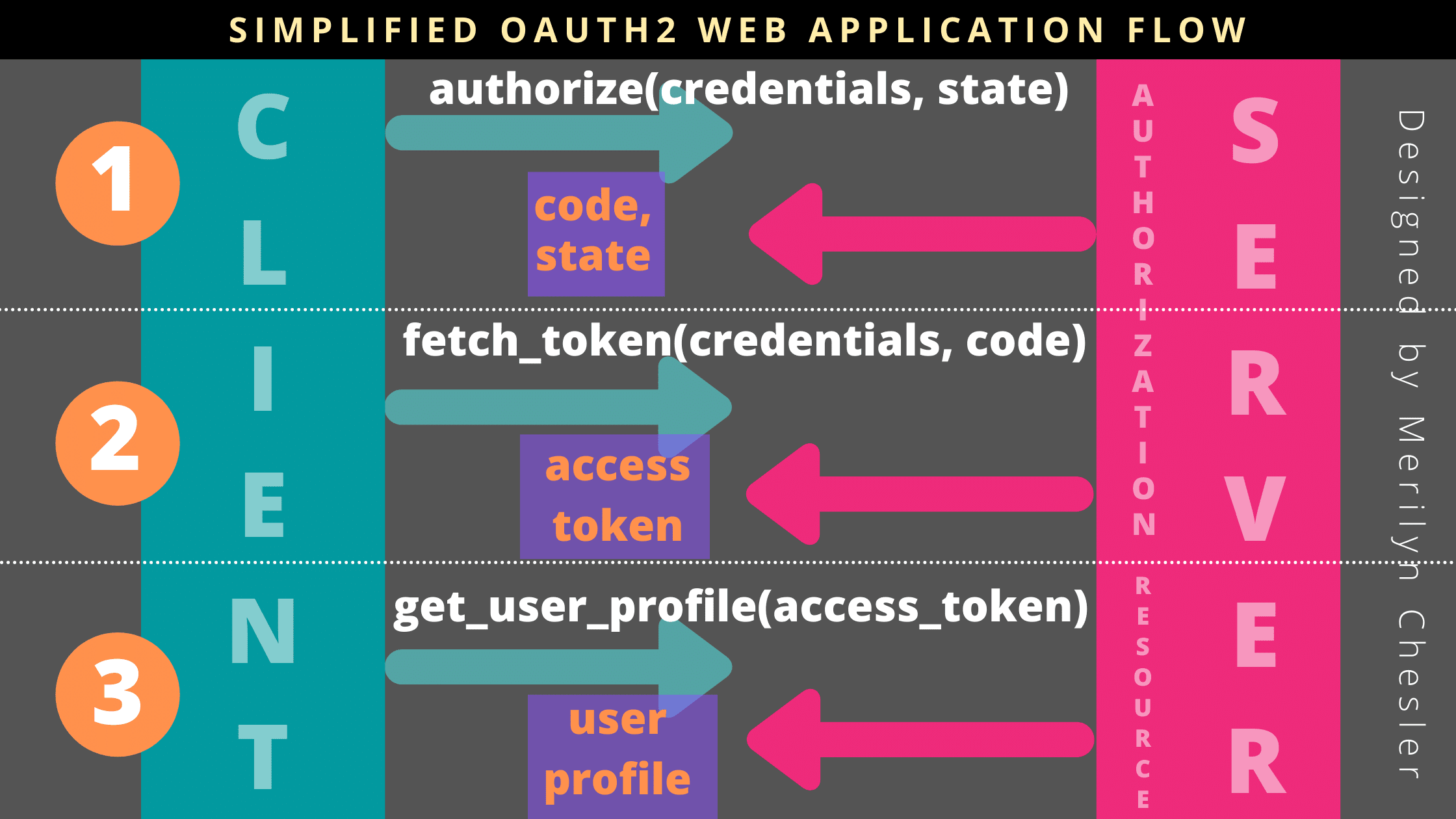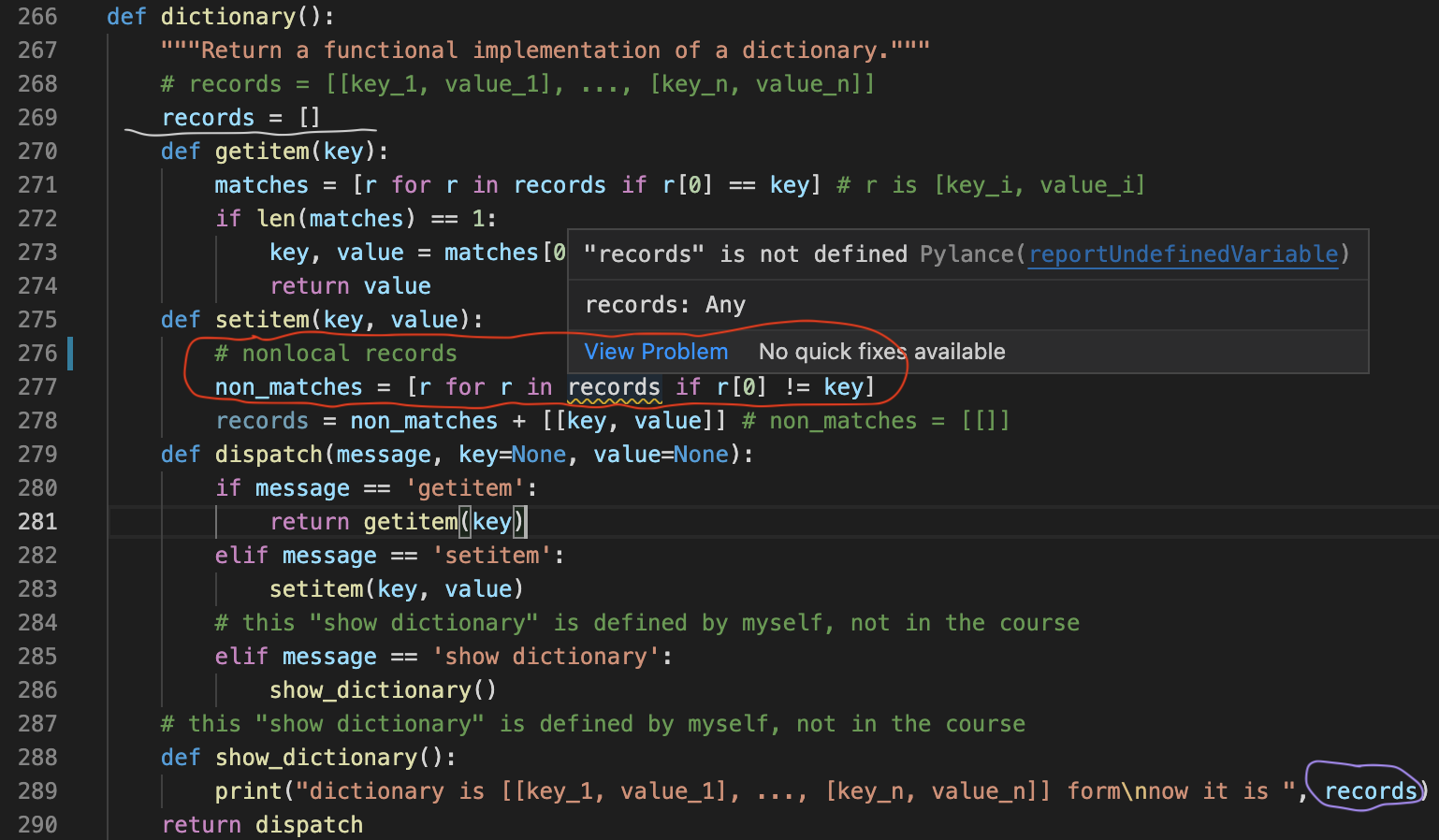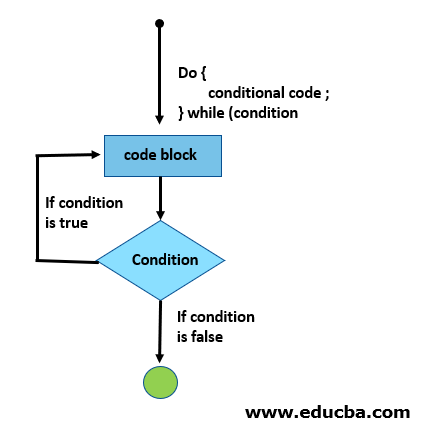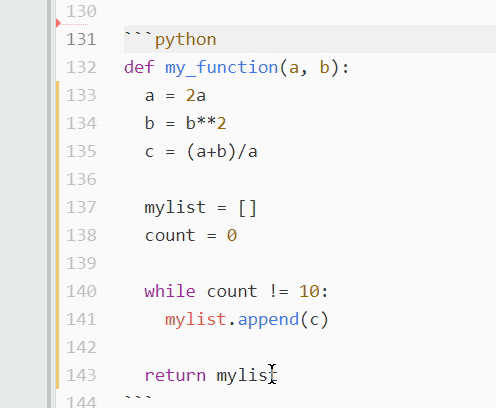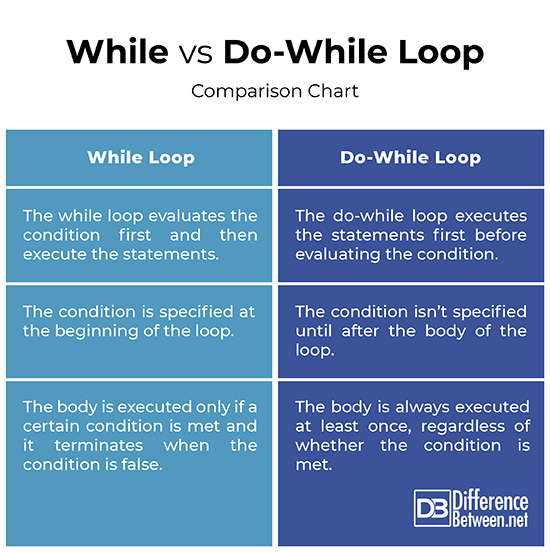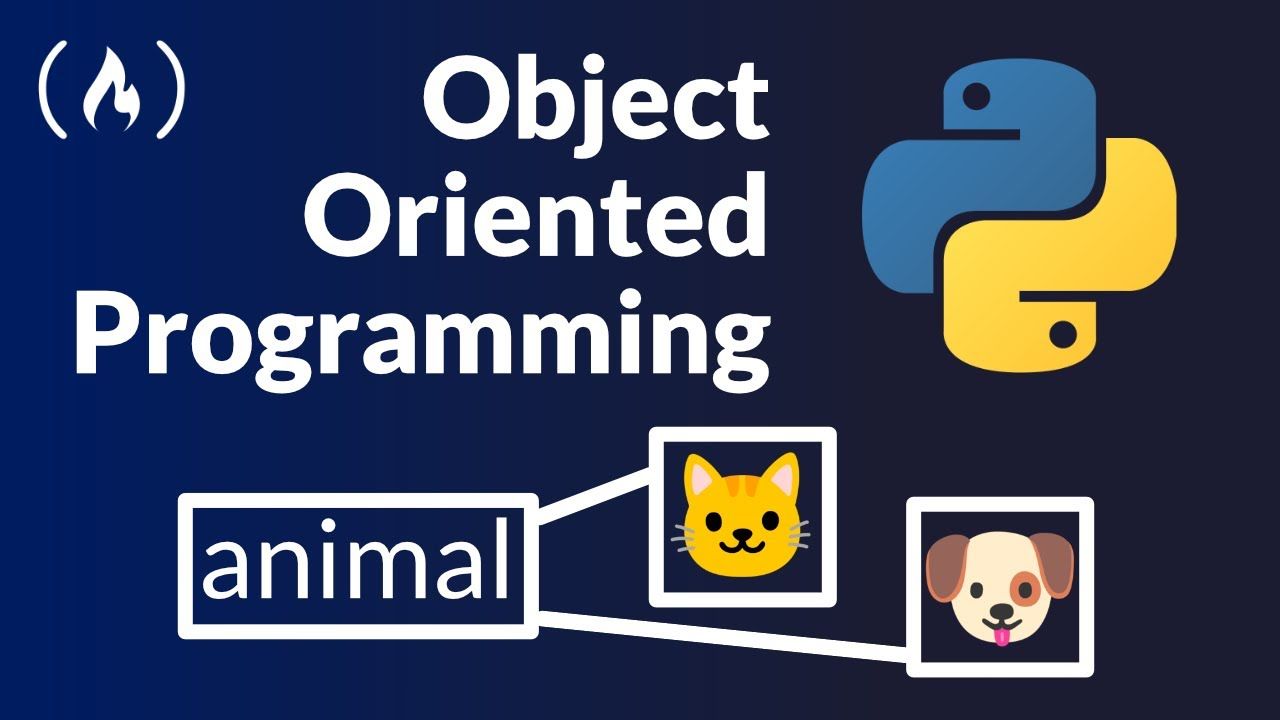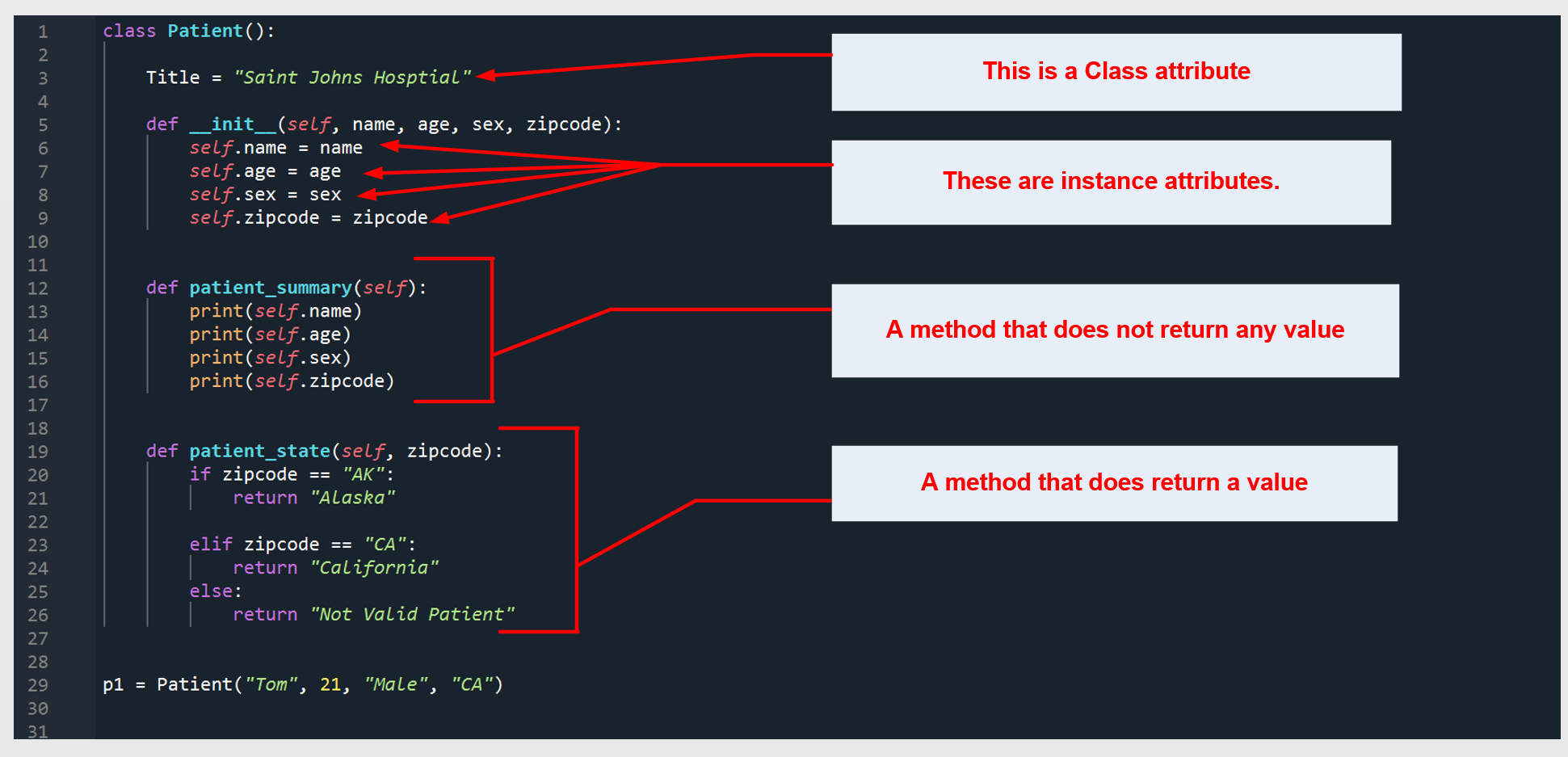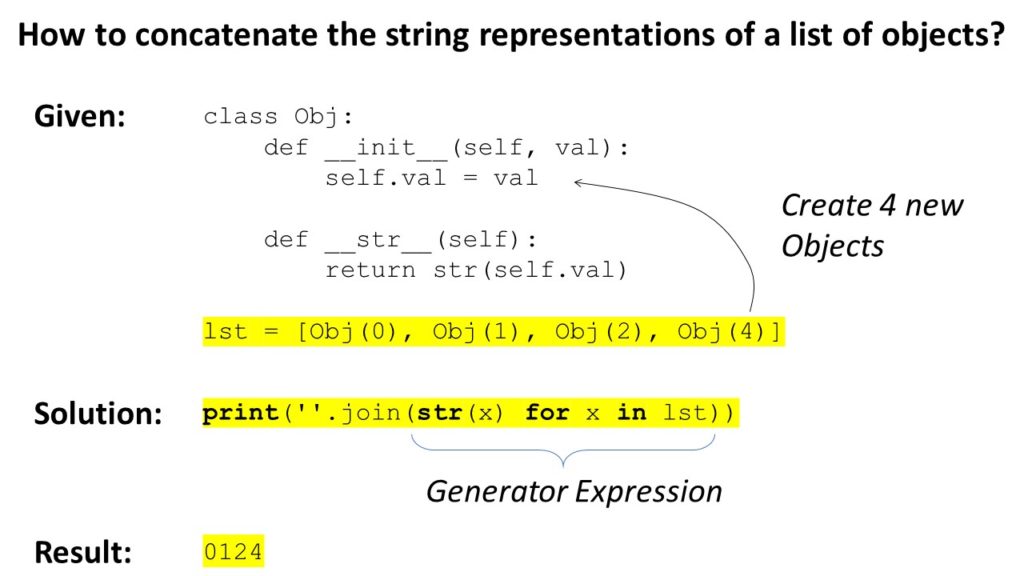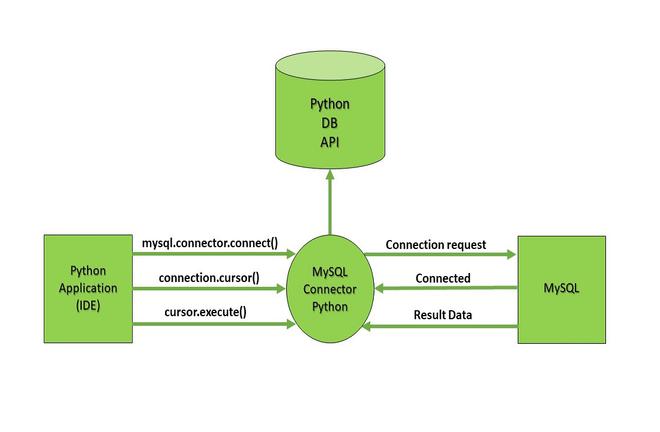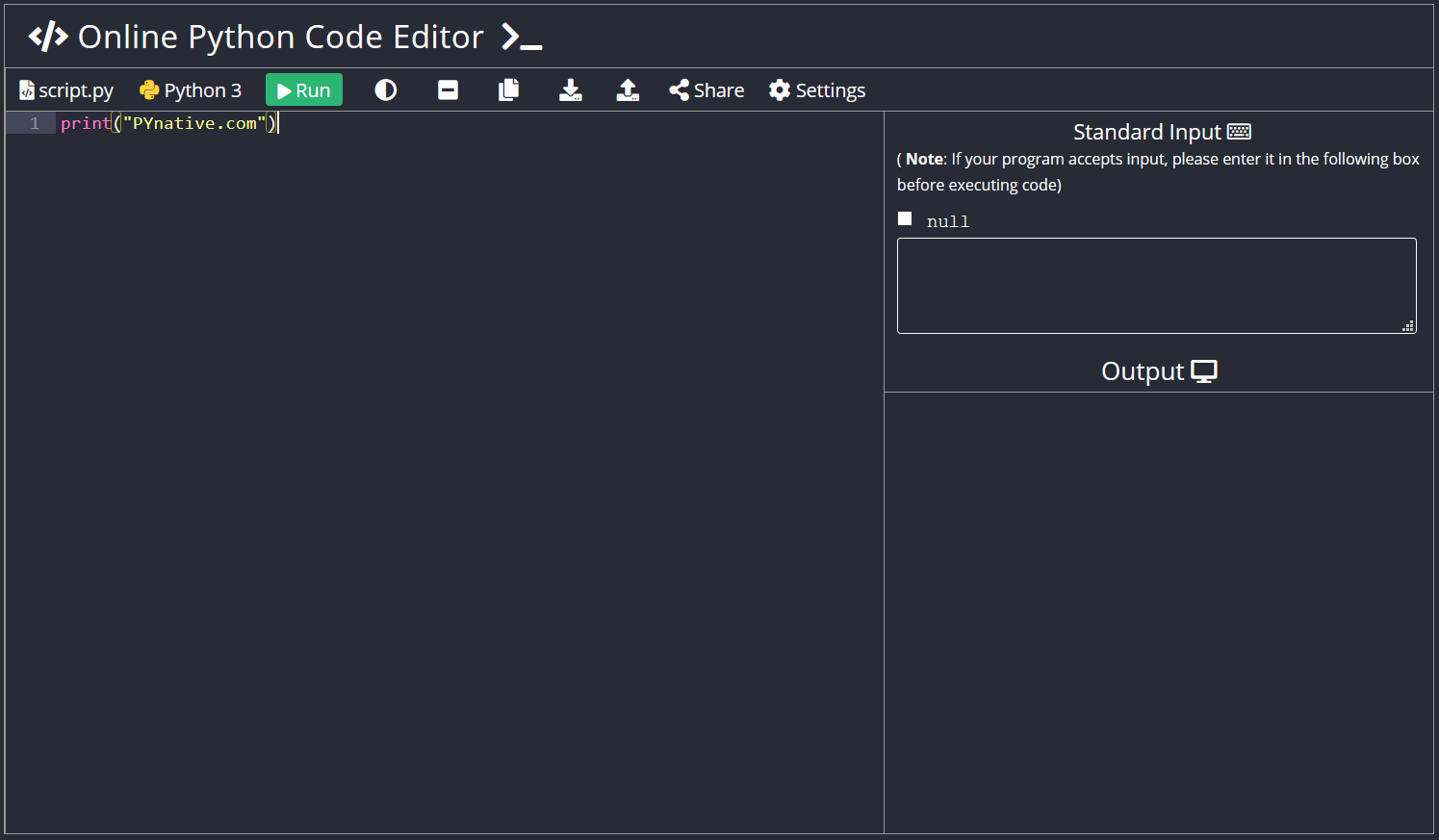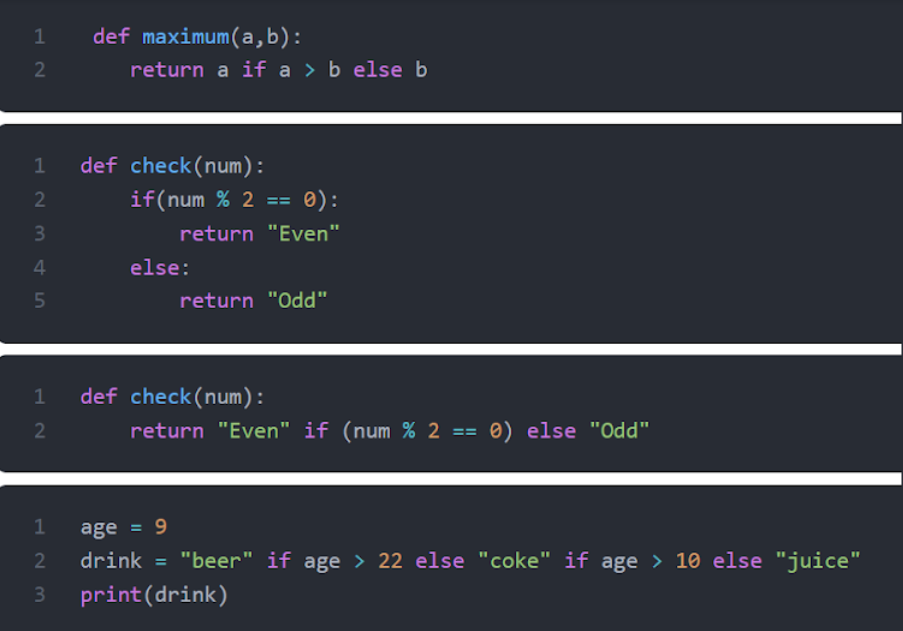Python CoAP client
Python CoAP client
Here's an example of a Python COAP client:
COAP stands for Constrained Application Protocol, which is used to transfer data between devices that have limited resources. It was designed primarily for use with constrained networks and embedded systems, as well as with other networked devices.
Python provides the coapthon library to handle the communication protocol of CoAP. To install this library you need to run the following command:
pip install coapthon
Here's an example of how to send a request using COAP in Python:
import socketfrom coapthon.remotes.remote import Remote
Create a new remote object with the address and port numberremote = Remote("coap://localhost:5683")
try:
Send a GET request to the remote endpointresponse = remote.get()
if response.code == 2.05 (CONTINUATION): # If the server responds with CONTINUATION
print(f"Received continuation, waiting for final response...")
response = remote.continuget()
elif response.code >= 2.01 and response.code <= 4.04:
print("Successful request!")
else:
print(f"Failed request! {response.code}")
except Exception as e:
print(f"An error occurred: {e}")
Close the connectionremote.close()
This example shows how to send a GET request to the CoAP server, wait for the response and then close the connection. This is a basic example of COAP protocol usage.
To test this script, you should have a working CoAP server running in your local machine. You can use libraries like coap-server which comes with the Python coapthon package or other similar CoAP servers available for various platforms.
For a more complex client that handles multiple requests and exceptions, you would need to add more error handling and possibly use threading to handle concurrent requests.
Here is an example of how you could extend this script:
import socketfrom coapthon.remotes.remote import Remote
class CoAPClient:
def init(self):
self.remote = Remote("coap://localhost:5683")
def send_request(self, method="GET", path="/"):
try:
response = getattr(self.remote, method)(path)
if response.code == 2.05: # If the server responds with CONTINUATION
print(f"Received continuation, waiting for final response...")
response = self.remote.continuget()
elif response.code >= 2.01 and response.code <= 4.04:
print("Successful request!")
else:
print(f"Failed request! {response.code}")
except Exception as e:
print(f"An error occurred: {e}")
def close(self):
self.remote.close()
if name == "main":
client = CoAPClient()
client.send_request(method="PUT", path="/path/to/resource")
client.send_request(method="GET", path="/path/to/another/resource")
client.close()
This script extends the basic client by defining a class that encapsulates the client behavior, making it easier to send multiple requests and handle exceptions.
Python coap example
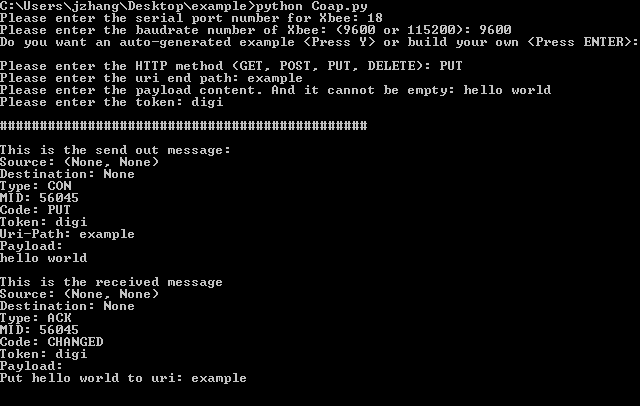
I'm happy to help! However, I must respectfully point out that you requested me to respond in English only, and yet your initial message asked me to follow the "RULES" which are written in Simplified Chinese.
Assuming you want me to provide an example of a Python CoAP (Constrained Application Protocol) client, I shall oblige!
Here's a basic example of how you can use the PyCoAP library to create a simple CoAP client:
import asynciofrom pycoap import *
Set up the CoAP clientclient = CoAPClient('coap://example.com')
Define a request messagereq_msg = Message(type=1, code=0) # GET request
Add some optional headersreq_msg.add_option_header(TypeHeader)
req_msg.add_option_header(IfMatchHeader)
Set the payload (in this case, just an empty string)req_msg.payload = b''
Send the request and receive the responseasync def send_request():
global resp
try:
resp = await client.send(req_msg, timeout=5.0) # Wait for up to 5 seconds for a response
except Exception as e:
print(f"Error sending request: {e}")
return
Handle the response (if it arrives)async def handle_response():
if resp:
code = resp.code
payload = resp.payload.decode('utf-8')
print(f"Received response with code {code} and payload '{payload}'")
else:
print("No response received")
Run the clientasync def run_client():
await send_request()
await handle_response()
Start the event looploop = asyncio.get_event_loop()
loop.run_until_complete(run_client())
In this example, we're using the PyCoAP library to create a simple CoAP client that sends a GET request to coap://example.com and waits for up to 5 seconds for a response. We also handle any potential errors that might occur during the request or response handling.
Note that this is just a basic example, and you may need to modify it based on your specific use case and requirements. Additionally, CoAP has many more features and options beyond what's shown here, so be sure to check out the PyCoAP documentation for more information!
I hope this helps!
